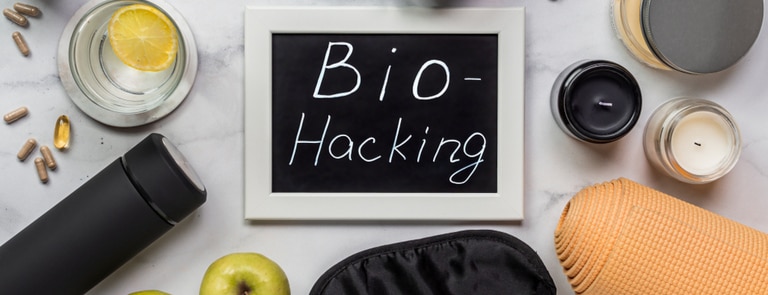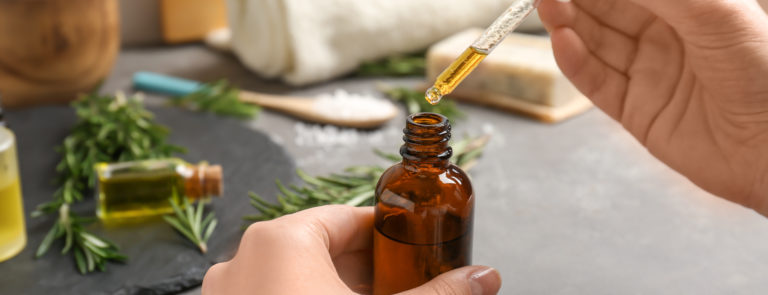15% off €35 OR 20% off €45
Code:CHOOSE
The best athlete's foot treatments

We share the best treatments for athletes foot including creams, sprays, lifestyle changes etc. We also explore the most common symptoms and causes.
So you think you might have athlete’s foot? Athlete’s foot is a condition which is not restricted to the super-sporty! In fact, anyone can get it, including children.1 So check out the signs and symptoms of athlete’s foot and some of the best treatments below.
What is athlete’s foot infection (tinea pedis)?
Athlete’s foot, also known by its medical name, tinea pedis, is simply a fungal infection that usually affects the feet. More often than not, it can be successfully treated with over-the-counter remedies. However, in some cases it can recur, causing blisters or nail infections, that can need medical interventions to treat.2 The tinea fungus can affect any part of the body, which is why you might notice it spreading from the feet to the hands, groin or other areas if left untreated. You should be especially cautious if you develop athlete’s foot if you already have other long-term conditions, especially a weakened immune system or diabetes.3
Athlete’s foot on hands
If you have athlete’s foot on your hands, it is known as tinea manuum rather than tinea pedis, after the Latin words for hands and feet.4
Athlete's foot causes
As athlete’s foot is an infection, it can be passed from person to person. Most commonly, this will happen in communal changing rooms or showers, such as gyms or public pools (hence the name athlete’s foot). Having wet or sweaty feet can make it more likely that you will develop athlete’s foot, as will having any cuts or broken skin.5
Athlete's foot symptoms
The signs and symptoms of athlete’s foot include foot itch between your toes or on the soles of your feet, red or inflamed patches that might even break or bleed, and an unpleasant smell.6
How to treat athlete's foot
As soon as you suspect athlete’s foot, it is important that you follow a few easy steps so as not to pass it on to others and to help it clear up:7
Dry your feet carefully after washing
The athlete’s foot fungus loves moist environments, so drying your feet after a shower or bath is important. A top tip is to use the hairdryer on them for a few seconds.
Do not share towels
Do not share a towel with anyone else in your household, as this could spread the infection.
Avoid being bare footed
Wear flip-flops or other wet shoes if in shared changing rooms
Avoid sweaty feet
Avoid shoes that make your feet sweat and try to rotate which shoes you wear at least every couple of days.
Change your socks daily
Wear clean socks every day. The NHS recommends these be cotton, but others advise looking out for “moisture wicking” materials to keep feet as dry as possible.8 Even after taking all these steps, athlete’s foot will not always go away without medicated treatment. Talk to your pharmacist about the following over-the-counter antifungal products that are available.9
Athlete’s foot cream
There are various brands of athlete’s foot cream available over-the counter. Most involve you rubbing a medicated cream into the affected areas for around 7 days. The active antifungal ingredient is usually terbinafine or miconozole.10,11 If the infection gets worse, your doctor may prescribe a steroid cream like prescription-strength terbinafine, clotrimazole or miconazole. There are also tablet versions of these steroids you might get prescribed, depending on the nature of the infection.12
Athlete's foot powder
Powders can be a great option for those with particularly sweaty feet, or for those with very active lifestyles, as you can wear it with your socks and shoes and not worry about excess moisture. It also means you do not have to touch the affected areas, which could help minimise the risk of the infection spreading to other parts of the body.13
Athlete's foot spray
Sprays for athlete’s foot are usually for the shoes themselves. Used as a disinfectant, they can give you peace of mind that you are not putting your feet into infected shoes as they heal up. Alternatively there is a spray you can also apply to your feet.



